DAP Pellet Machine: A Key Component in Efficient Fertilizer Production
The DAP pellet machine plays a crucial role in the production of Diammonium Phosphate (DAP) fertilizer, one of the most commonly used fertilizers in modern agriculture. DAP is a high-nitrogen and phosphorus-rich fertilizer, making it an essential input for promoting plant growth, improving soil fertility, and enhancing crop yield. The DAP pellet machine ensures that this vital fertilizer is produced efficiently and with optimal quality, contributing to the successful operation of fertilizer production plants.
DAP (Diammonium Phosphate) is a chemical fertilizer containing two vital nutrients for plants: phosphorus (P) and nitrogen (N). The chemical formula for DAP is (NH₄)₂HPO₄. It is typically produced by neutralizing phosphoric acid with ammonia, resulting in the formation of DAP crystals.
DAP is favored for its high nutrient concentration, particularly for promoting early root development, enhancing flowering, and improving overall crop health. It is used extensively in the agriculture sector and is especially beneficial for crops like wheat, corn, and rice.
The Role of the DAP Pellet Machine
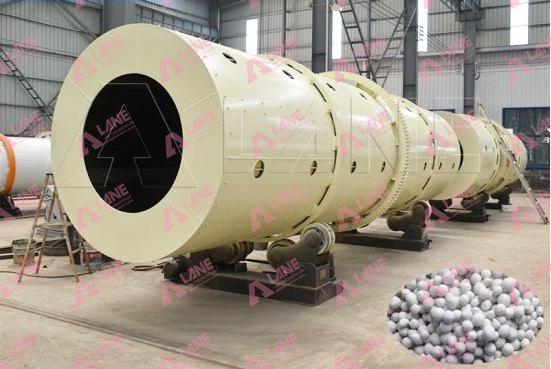
The DAP pellet machine is a specialized equipment used to granulate the raw materials of DAP fertilizer into uniform pellets. Granulation is a critical step in the production of high-quality fertilizer as it affects the fertilizer’s effectiveness, storage, and application.
Here’s how the DAP pellet machine fits into the overall DAP fertilizer production process:
a. Granulation Process
Granulation refers to the process of converting powdered materials into larger, uniform granules or pellets. In the case of DAP fertilizer, the DAP pellet machine takes the raw materials, such as ammonium dihydrogen phosphate, and ammonia, and converts them into solid, uniform-sized pellets.
These granules make it easier to handle, store, and apply the fertilizer. Unlike powdered fertilizers, pellets are less likely to blow away during application and dissolve more evenly in the soil, allowing for better nutrient absorption.
b. Formation of Quality Pellets
The DAP pellet machine uses pressure and mechanical force to compress the raw materials into solid pellets. These pellets are designed to release nutrients over time, ensuring a steady supply of nitrogen and phosphorus to crops.
Benefits of Using the DAP Pellet Machine
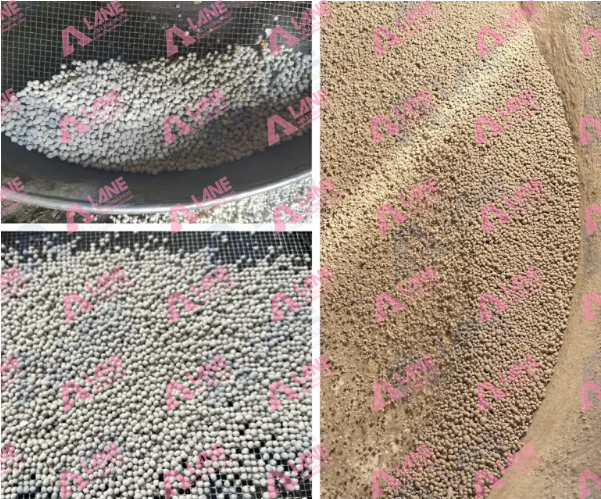
Using the DAP pellet machine in the production line offers numerous advantages:
a. Enhanced Nutrient Release
The DAP pellet machine ensures that the fertilizer is in a form that allows for a controlled and consistent nutrient release. This is important for efficient nutrient absorption by plants and improved crop performance.
b. Improved Storage and Handling
Pellets produced by the DAP pellet machine are easier to handle, transport, and store compared to powdered fertilizers. The uniform size and shape of the pellets reduce dust formation, which can cause problems in storage and application.
c. Better Uniformity
One of the key benefits of the DAP pellet machine is that it produces uniform granules. Uniform pellet size ensures that the fertilizer is distributed evenly across the soil, leading to more efficient nutrient uptake by plants.
d. Reduced Wastage
With uniform-sized granules, the DAP pellet machine helps minimize fertilizer wastage during application. The pellets dissolve gradually, providing nutrients to the plants over an extended period, reducing the risk of over-fertilization.
e. Higher Nutrient Efficiency
By converting raw materials into uniform pellets, the machine maximizes nutrient efficiency, ensuring that plants receive the exact amount of nitrogen and phosphorus required for optimal growth.
Working Principle of the DAP Pellet Machine
The working principle of the DAP pellet machine is based on the process of granulation. This involves the following steps:
a. Feeding Raw Materials
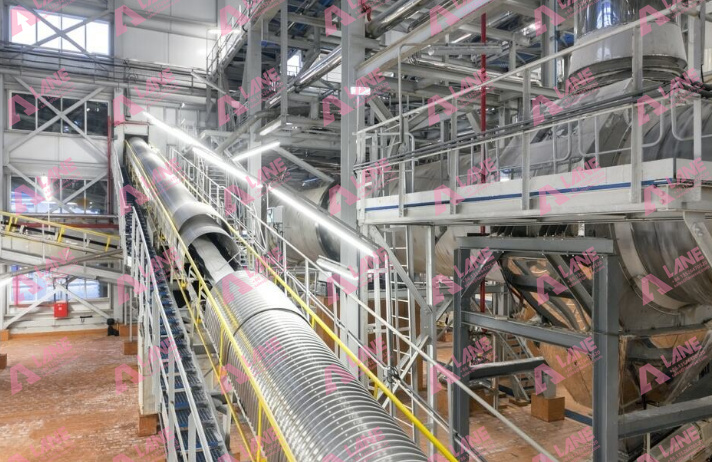
The raw materials (phosphoric acid, ammonia, etc.) are first mixed in the required proportions. The mixture is then fed into the pellet machine.
b. Granulation
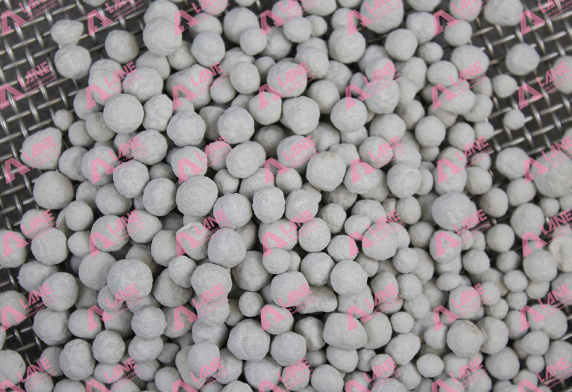
Inside the machine, the raw materials are subjected to mechanical force, where they are compressed and rolled into uniform-sized pellets. The pressure and temperature inside the machine are controlled to ensure the pellets are of the desired quality.
c. Drying
After granulation, the DAP pellets need to be dried to reduce moisture content. The drying process ensures that the pellets do not clump together during storage and are free-flowing.
d. Cooling
Once dried, the pellets are cooled to prevent them from sticking together. Cooling also helps stabilize the nutrients, ensuring that the DAP fertilizer retains its efficacy.
e. Screening and Packaging
Finally, the pellets are screened to remove any oversized or undersized particles. The uniform-sized pellets are then packaged for distribution and sale.
Key Features of the DAP Pellet Machine
Several features make the DAP pellet machine an indispensable part of the fertilizer production process:
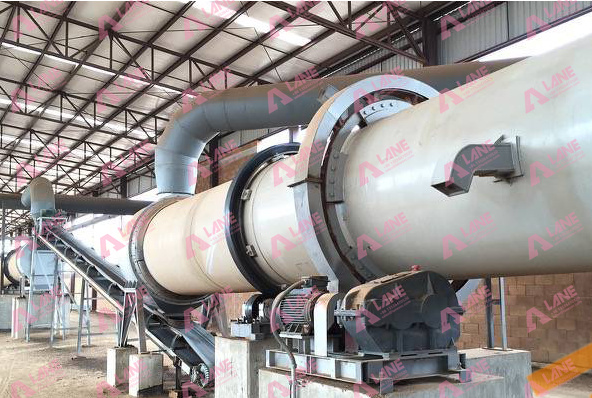
SSP Fertilizer Production Line
a. High Efficiency
The DAP pellet machine operates efficiently, converting raw materials into high-quality pellets quickly. This helps reduce production costs and improve output, making it a cost-effective solution for large-scale fertilizer production.
b. Customization Options
Modern DAP pellet machines come with customizable settings, allowing manufacturers to adjust the size of the pellets, the pressure applied, and other parameters to meet specific production requirements.
c. Durability
Built with high-quality materials, DAP pellet machines are designed to withstand long hours of operation. They are durable and require minimal maintenance, making them a reliable component in the fertilizer production line.
d. Automatic Control
Advanced automation systems in the DAP pellet machine help streamline the production process. With PLC control and sensors, the machine can monitor and adjust key parameters such as granulation pressure, pellet size, and temperature, ensuring consistent product quality.
Conclusion
The DAP pellet machine is a critical component in the efficient and sustainable production of high-quality DAP fertilizer. By converting raw materials into uniform pellets, the machine ensures improved storage, handling, and application of fertilizer. It also plays a significant role in enhancing the nutrient release rate, improving nutrient efficiency, and reducing wastage.
With its ability to produce consistent, high-quality pellets, the DAP pellet machine enables fertilizer manufacturers to meet the growing demand for efficient fertilizers in agriculture. By choosing the right machine for your production needs, you can optimize your fertilizer production line, leading to increased crop yields and better agricultural productivity.
Latest Articles & Tips
More-
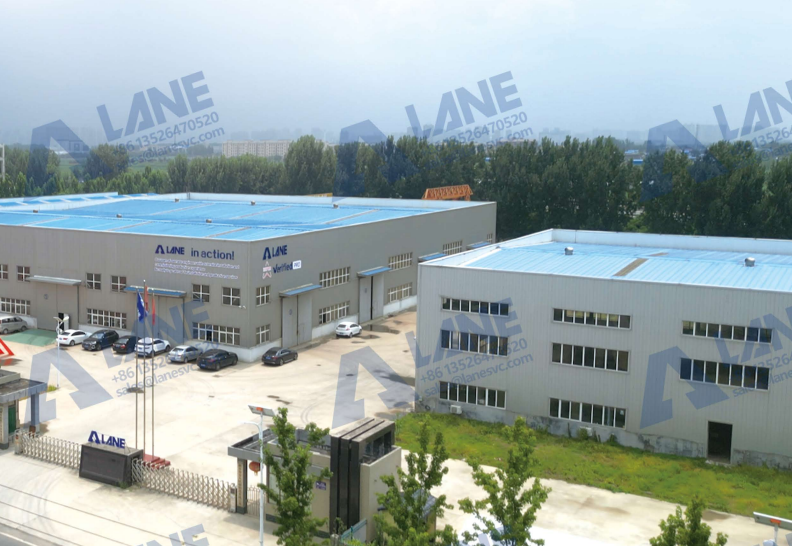
03/14
OEM Fertilizer Equipment Manufacturing: Custom Solutions for Your Production Needs
read more -
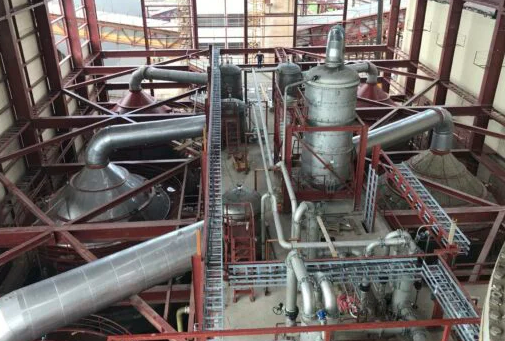
02/27
Fertilizer Granulation for DAP and MAP: Enhancing Efficiency in Fertilizer Production
read more -
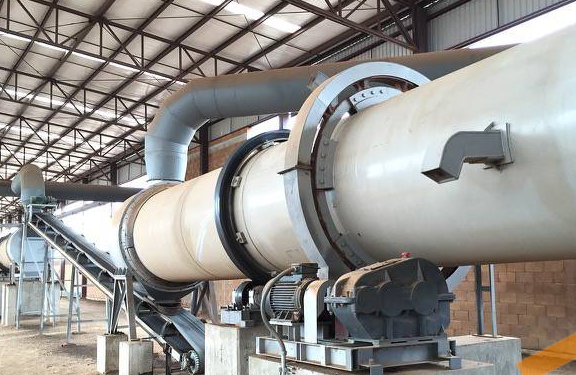
02/27
Fertilizer Production Solutions: Optimizing Efficiency and Sustainability in Fertilizer Manufacturing
read more -
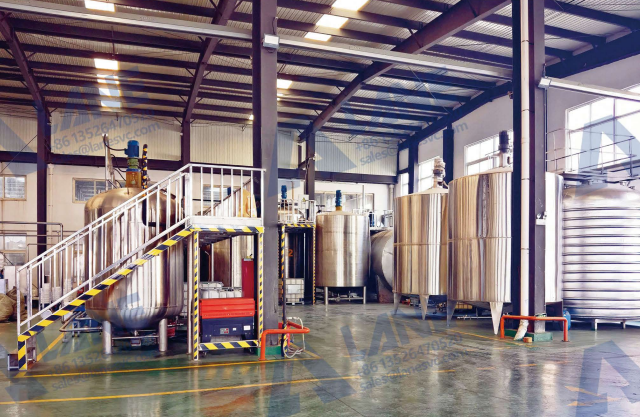
02/13
Chemical Fertilizer Production Line: Enhancing Agricultural Productivity with Precision Manufacturing
read more



Send a message to us